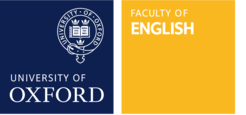During the eighteenth century an emergent historicism, which differentiated modernity radically from past ages, questioned the traditional notion of a ‘classical tradition’ of timeless values exemplified in Greek and Roman works. Classical antiquity began to be understood as a repository of historical artefacts associated, in part nostalgically, with ‘primitive’ ways of thought. Such recognition of the distance between modernity and antiquity paradoxically encouraged identification with the latter, since antiquarian research permitted increasingly accurate imitation of classical forms in the visual arts from the 1750s, while anthropological reflection on myth stimulated a revival of mythological poetry from the 1810s. Yet British Romantic poetry, whether describing classical artworks or appropriating classical myths, engaged with classical antiquity ambivalently, often ironically. While espousing the Philhellenist cause of Greek independence from Ottoman rule, Byron and Shelley remained very conscious of the disparities between ancient and modern Greece.



